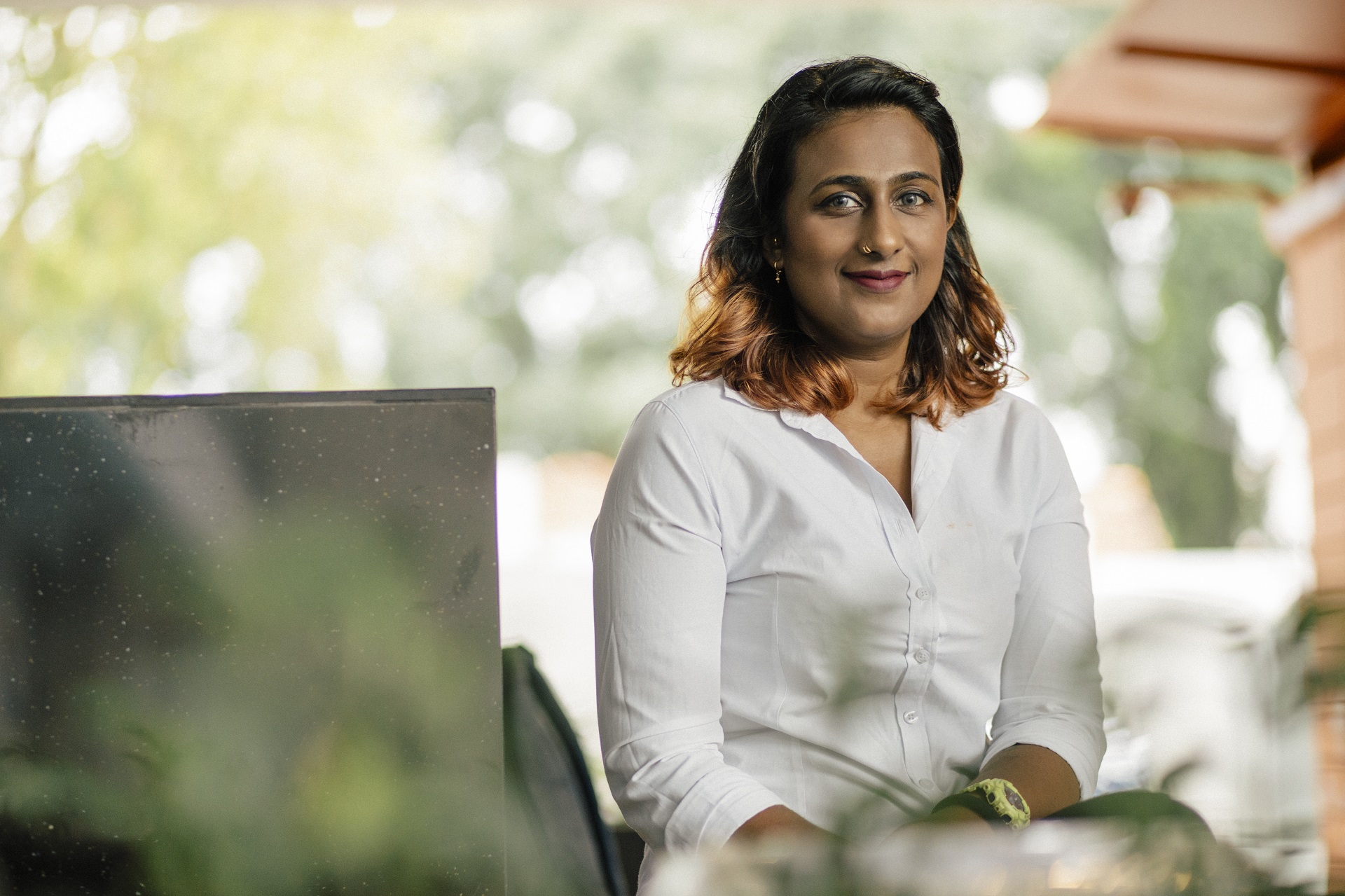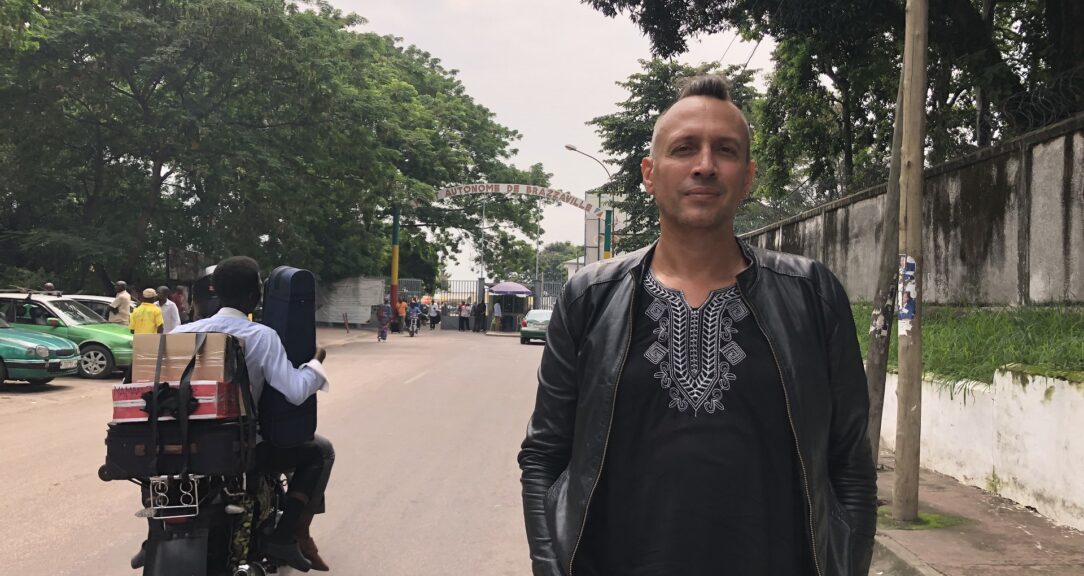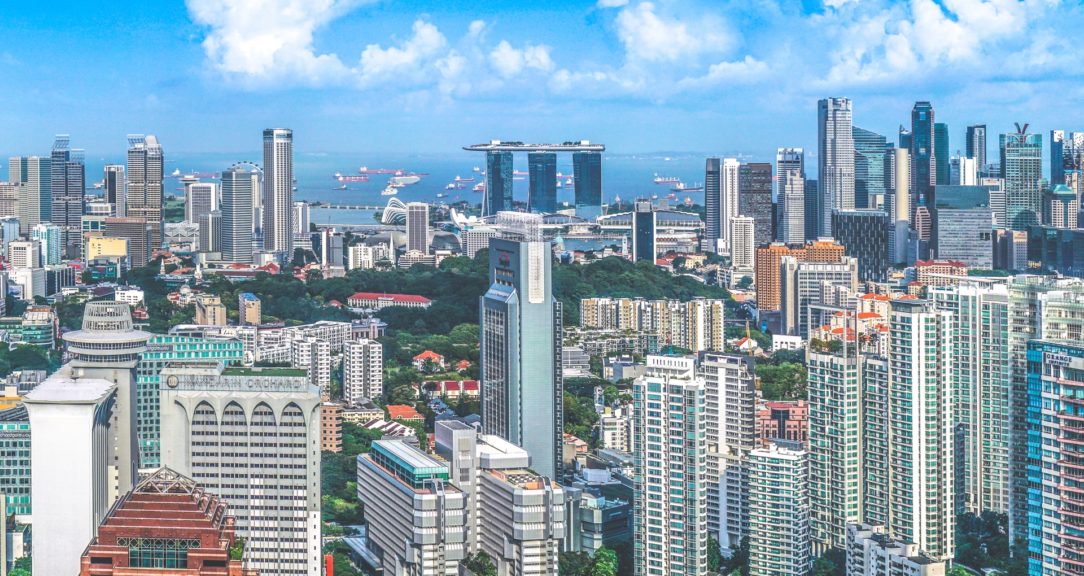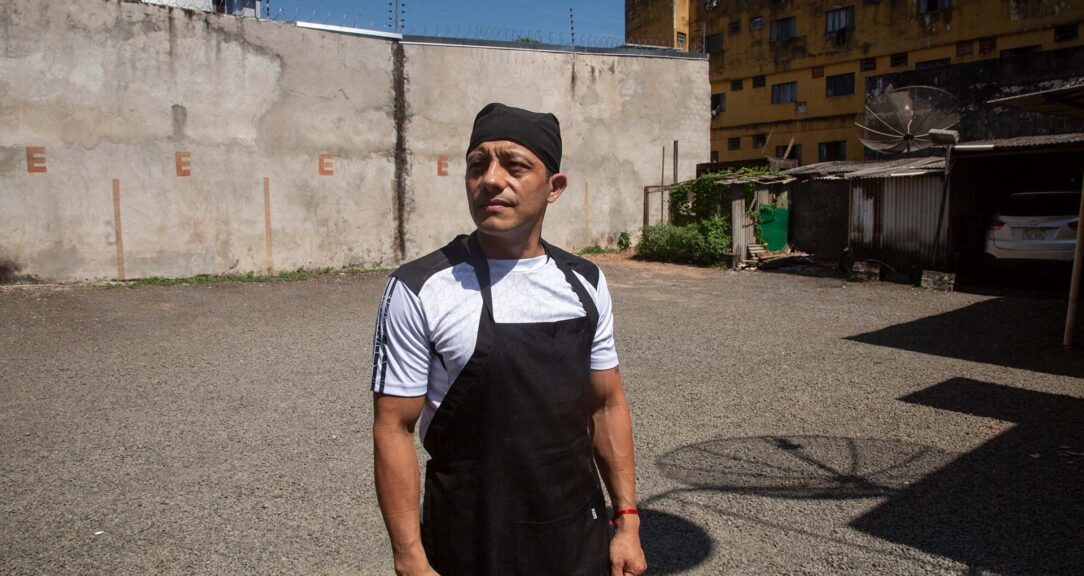When Malaysian national Sharmin Nishaa first decided to find work in Singapore, she had to make one of the hardest decisions of her life: to move to a new city and leave her young son and daughter behind.
The 34-year-old had been working as a banking customer service representative in the capital of Kuala Lumpur, about 200 miles north of the border. Her husband, a team leader for a multinational furniture company, worked 200 miles in the opposite direction, in the northern city of Penang. The couple found it increasingly difficult to sustain the cost of living for their family, so Nishaa’s mother offered to look after the children — ages 6 and 5 — in Nishaa’s hometown of Seremban, a sleepy forested town on the west coast of peninsular Malaysia.
Nishaa packed her bags and left for the border city of Johor Bahru. From there, she would look for work in neighboring Singapore, just a half-mile away via the Johor-Singapore Causeway.
“I told [our children], ‘Mummy is going somewhere far away to work. Mummy will be able to buy you more stuff. Whatever you want, I can buy,” Nishaa says. “But the kids started crying and begged me not to work. I felt so guilty leaving them, and upset that I was going to miss the moments watching them grow up. It was an emotional rollercoaster.”
Still, Nishaa knew it was the best choice for their family. She would become one of the tens of thousands of Malaysian workers who make the arduous crossing from Johor Bahru to Singapore every morning by car, bike, bus and even on foot, all in hopes of building a better life.
Chasing the Singapore dream
Lured by Singapore’s strong dollar against Malaysian ringgit, higher salaries and better job opportunities, more than 300,000 Malaysians traverse the Johor-Singapore Causeway every day, making it the busiest overland border crossing in the world.
One of Asia’s top-financial centers, Singapore has also become one of the world’s most expensive cities. It’s much cheaper to live in Johor and commute daily across the border for work.
This cross-border labor movement creates a vital economic dynamic.
The inflow of Malaysians alleviates Singapore’s labor shortages, as they fill essential roles in manufacturing, healthcare and service industries, and propel Singapore’s economic growth. At the same time, the Malaysian workers contribute significantly to their home country’s economy by remitting a portion of their higher earnings, which boosts household incomes and fosters local spending.
As a result, both countries benefit from their economic interdependence, and the workers gain opportunities for upward socio-economic mobility.
Still, the workers pay a high price: waking up before dawn to beat the morning rush-hour jam, jostling in long immigration queues, braving the tedious wait in traffic, and breathing in exhaust fumes in the unforgiving humidity.
On weekdays, it takes one to two hours just to travel a half-mile across the causeway bridge, and on weekends and public holidays the wait can stretch much longer.
Navigating a foreign land
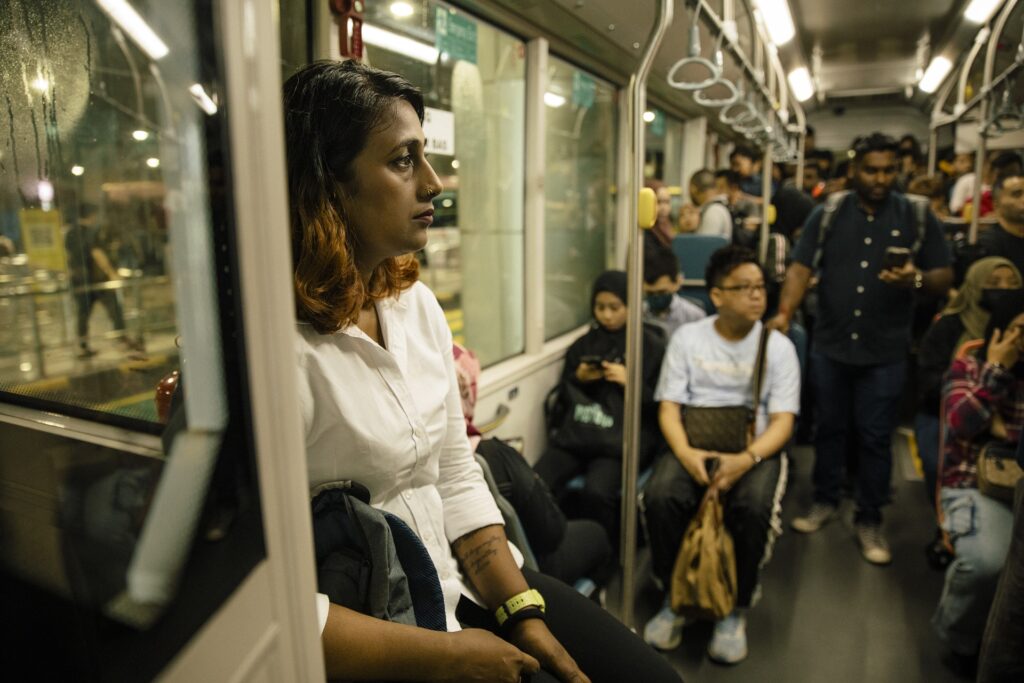
At first, Nishaa wasn’t sure it was all worth it.
A naturally introverted person, Nishaa had “no clue” how to navigate a foreign environment. “I was so anxious, so scared to approach people back then. I didn’t know anything,” she says.
Together with a friend, she rented a room in a high-rise apartment near the checkpoint for MYR 2000 ($424) crammed with other workers. Soon after, she found a job posting online for the service crew at a European restaurant in northern Singapore.
During her first week, she faced major challenges getting to work.
Riddled with anxiety, Nishaa would leave home at 6 a.m., five hours before her shift started. She tagged along with her neighbor’s girlfriend, who showed her how to scan her passport, navigate the confusing bus system and buy a transport card.
Even with her friend’s help, Nishaa got lost and stranded in the wrong parts of the city, so it took her three-plus hours to finally arrive at her destination. One time, she lost her ez-link card which she had just topped up with SGD 100 ($74).
“I thought, ‘Is this what I’m going to go through everyday?’ I was crying because I was so tired and felt like I couldn’t do this anymore,” Nishaa says.
But after a few months, Nishaa was able to find a routine that brought her travel time down to two hours. Whereas others might find commuting stressful, she says it’s relaxing.
On days she has a morning shift, she leaves her apartment by 8 a.m., takes a taxi to the checkpoint, and joins the line to clear the Malaysian Customs. From there, she takes the Causeway bus to Singapore, gets off at the Kranji MRT station and takes the train to Yishun MRT. Along the way, she calls her mom to ask how the kids are doing.
For the last leg of the trip, Nishaa takes a bus to an industrial park catering to the aerospace industries, and then walks the rest of the way to the restaurant.
“Others ask me if I take a car; I tell them I take the BMW: bus, MRT, walk,” she jokes.
Even after all that, at 11 a.m., Nishaa’s work day is just beginning. Although she started with little experience in the food and beverage industry, Nishaa quickly adapted to the environment, to the extent that some customers even mistake her for being Singaporean.
She chats with her regular customers and remembers their orders. Upon learning her situation, some have offered her a ride to the border after her shift, and others have even shared job opportunities.
“I have customers telling me that I’m so bright, genuine — when customers are happy and appreciative, it feels so great, so fulfilling. The fact that they remember my name is so nice,” she says.
Nishaa says she is thankful she has an employer that is understanding and flexible, and that the restaurant has a “warm family atmosphere.”
Six days per week, she clocks 10-hour shifts. By the time she travels back to Johor, it could be midnight or later, giving her just enough time to shower and crawl into bed.
But the payoff is worth it: she takes home SGD 2800 to 3200 ($2,084 to $2,382) — three times what she earned back in Malaysia.
Striving for a better life
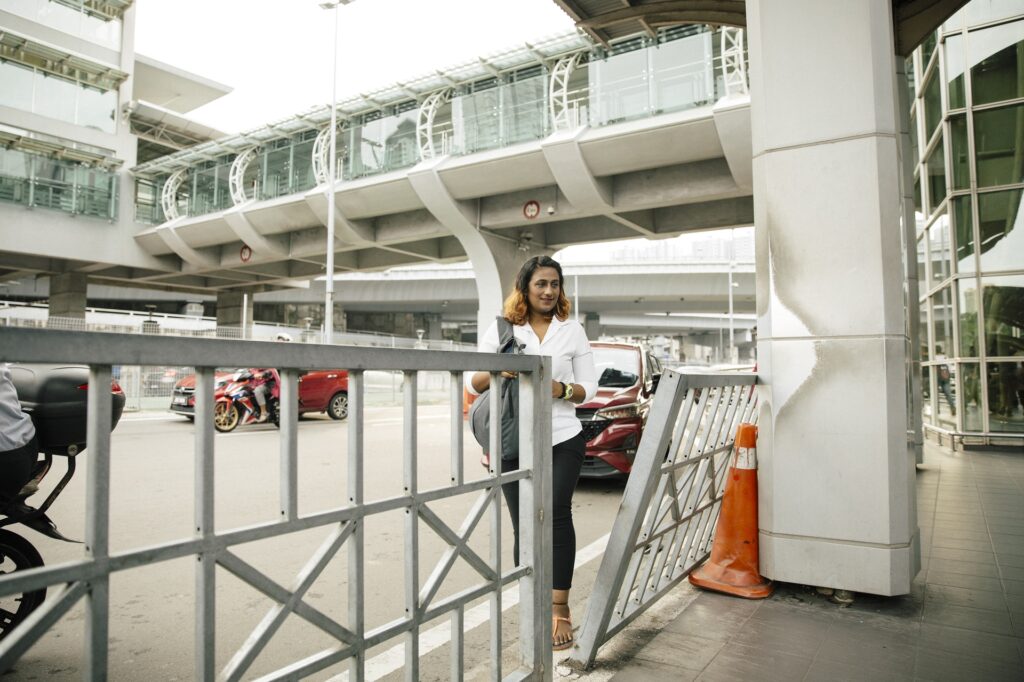
Being away from family does take its toll on her, and she tries to visit her hometown on her days off. Sometimes her manager lets her off as early as 5 p.m., but it’s often midnight by the time she reaches Seremban. The next day, Nishaa soaks up the precious quality time with her mother and children, showering her children with toys and puzzles. Other times, she spends her day off in Singapore to avoid being cooped up in the Johor apartment.
Nishaa hopes to work in Singapore long-term. She has big dreams: to replace her mother’s aging Proton Saga with a brand new Mazda, her dream car; to buy their own house with land and support the children’s education.
She’s planning to take her family on a day trip to Singapore, where they’ll finally explore the city like tourists and check out the food scene. Her son is most excited about riding the double-decker bus.
Sometimes you need to go through a challenge and it molds you.
Today, Nishaa has no qualms about approaching people she meets, helping other Malaysians asking for advice on Facebook groups, and striking up unlikely new connections on the street.
“Sometimes you need to go through a challenge and it molds you. Today, I’m a totally different person; I’ve become more bold and resilient. I face whatever comes my way,” she says.
Read more
Sign up to keep up to date with ReThink Q.
